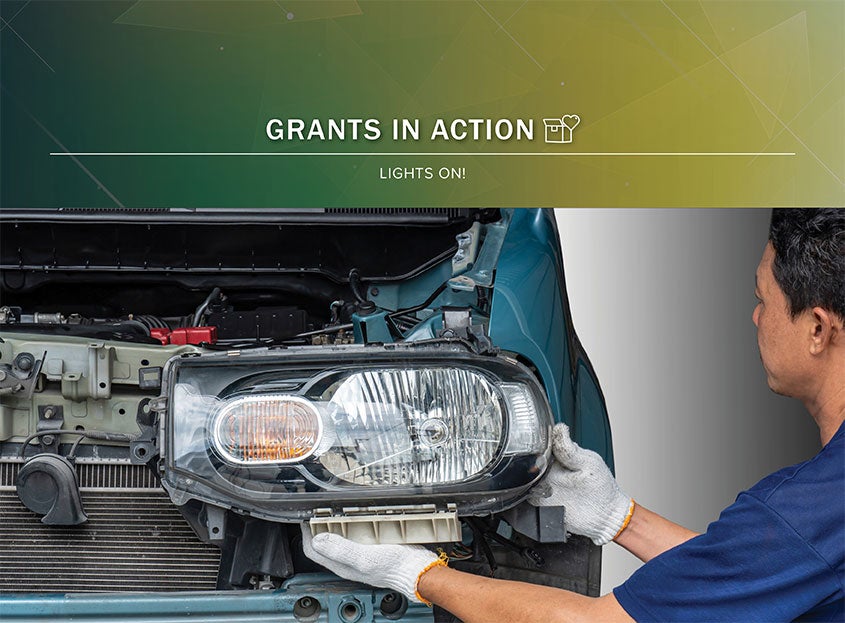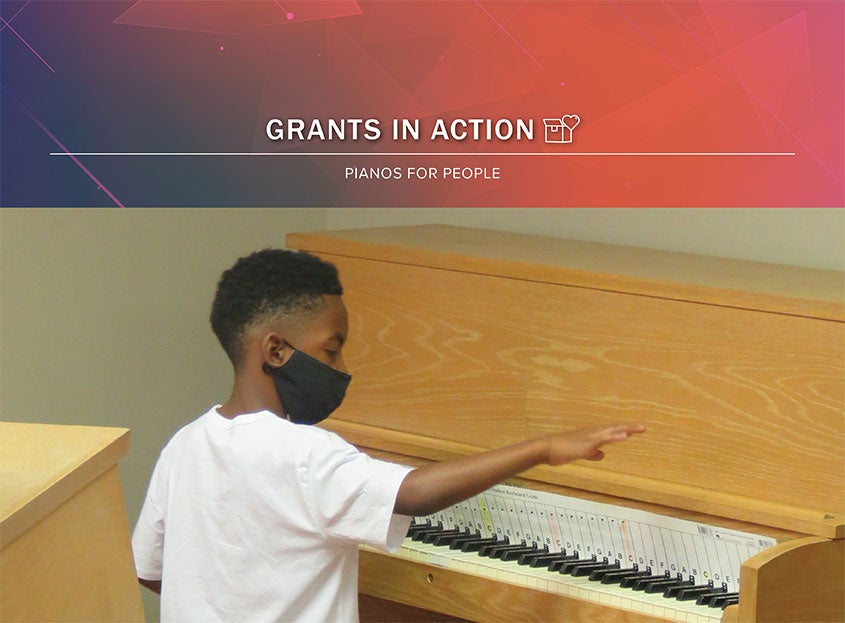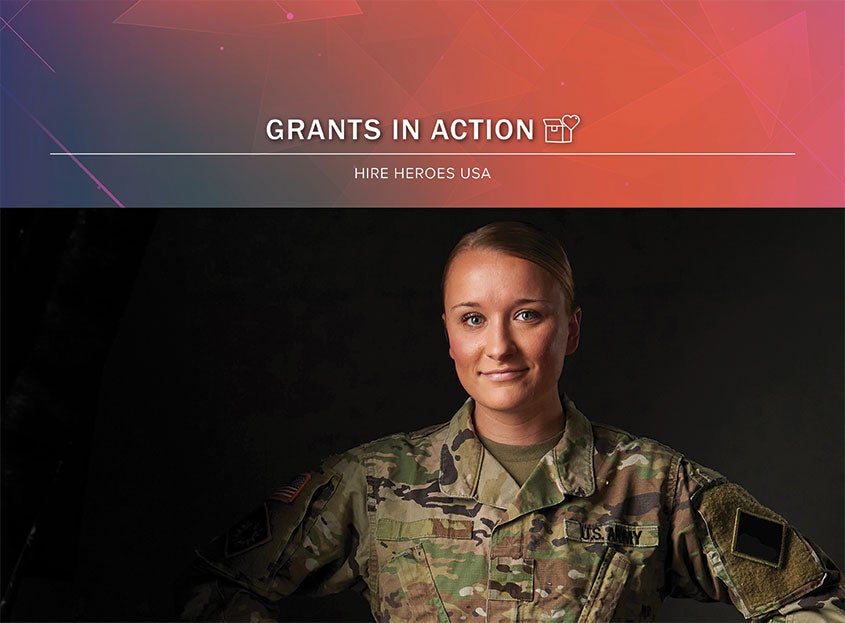Lights On! is a Shining Example of Community-Driven Reform

National Philanthropic Trust’s donors recommend thousands of grants every year. This new series, Grants In Action, highlights the breadth of causes and organizations NPT’s donors are supporting with grant recommendations from their donor-advised fund accounts.
“Positive, connective, and healing.” These are not typically the words you think of when being pulled over for a traffic stop. As Allison Agre, the Communications Manager of Lights On! puts it, it’s more often than not a “feeling of dread.”
Those feelings of dread are especially pertinent for communities of color. A New York Times analysis of 4,000 traffic citations found that Black motorists made up “76 percent of license and insurance violations, and 63 percent of speeding cases,” rates far disproportionate to the racial makeup of all motorists.
Encounters with law enforcement for Black drivers can be fatal. In 2016, Philando Castile was shot and killed by a police officer during a traffic stop in Falcon Heights, Minnesota. The killing sparked national outcry for justice, accountability, and reform, and was the catalyst for what would become Lights On!
Lights On! is a program of Microgrants, a Minnesota-based nonprofit that provides small grants to low-income recipients for small businesses, transportation, and education. After the tragic death of Mr. Castile, the Microgrants Board of Directors decided they needed to do something to help prevent something like Mr. Castile’s death from happening again. With that, the Lights On! program was born.
Lights On! works with both law enforcement agencies and auto repair shops to provide vouchers for low-income drivers who may not otherwise be able to afford a repair or another ticket. When a person gets pulled over for a broken taillight, instead of a ticket or fine, the officer provides the driver with a voucher to get the necessary repairs at a participating auto shop.
The Lights On! program has a track record of improving police-community relationships.
This can be a life-changing experience in a multitude of ways. “Low-income drivers face disproportionate police encounters,” Agre explains. “They are often driving older cars that are prone to equipment failure, so they are going to be pulled over for light infractions more often.”
Agre points out that when you factor in the cost of a ticket, as well as a repair, it can add up to hundreds of dollars in some cases. “That can mean choosing to buy groceries for your family that week, or covering [that cost].” When people can’t afford to cover these costs, it can become a vicious cycle of accrued and outstanding traffic debts, which can lead to loss of license, impounding of cars, or even jail time.
The program has not only helped recipients financially (which is where donors’ contributions factor in), but mentally and emotionally as well. The program has a track record of improving police-community relationships.
Agre shares a story of one recipient who was given a Lights On!-financed voucher after being pulled over: “We were all kind of freaking out. My lights were out, [the police officer] handed me a voucher and I just was not expecting that at all,” she said. “My kids saw that as well, and it changed the way they saw police.”
“Our program is trying to flip that whole scenario and turn it from something negative into something positive,” Agre says.
The mission, which not only alleviates financial stress, but helps to mend police-community relations, is being embraced by law enforcement as well, said Agre. Medaria Arradondo, the Chief of the Minneapolis Police Department agrees, saying that the program’s efforts are “so vitally important.”
Lights On! started with 18 local police departments in the Twin Cities and a chain of auto body shops in the region. Donor support has allowed the program to grow, and it now covers 87% of the Minnesota population through various agencies.
And it’s not just Minnesota anymore: Lights On! is expanding nationally, with participating efforts in other states like Kansas, Tennessee, Iowa, and New York, with the hope to keep growing. “There are 18,000 law enforcement agencies in the U.S.,” Agre points out, adding, “There’s so much potential and we want to bring Lights On! to as many places as we can.”
NPT is not affiliated with any of the organizations described herein, and the inclusion of any organization in this material should not be considered an endorsement by NPT of such organization, or its services or products.
NPT does not provide legal or tax advice. This blog post is for informational purposes only and is not intended to be, and shall not be relied upon as, legal or tax advice. The applicability of information contained here may vary depending on individual circumstances.


